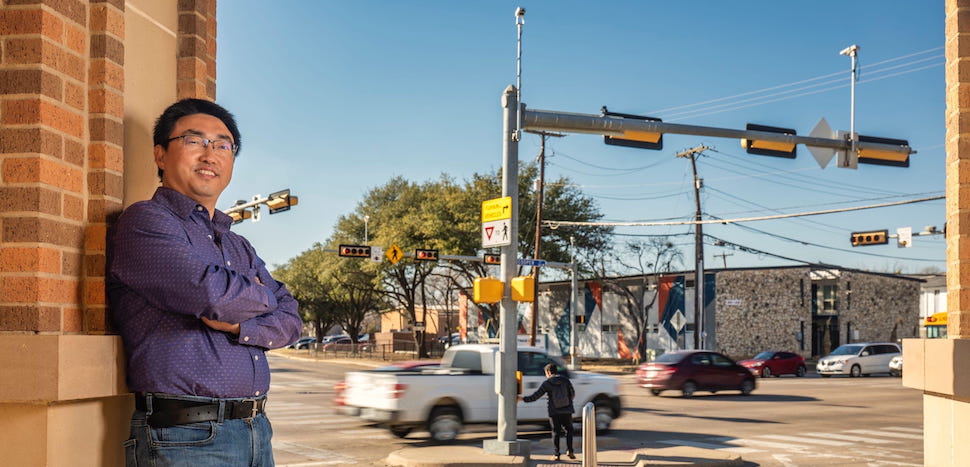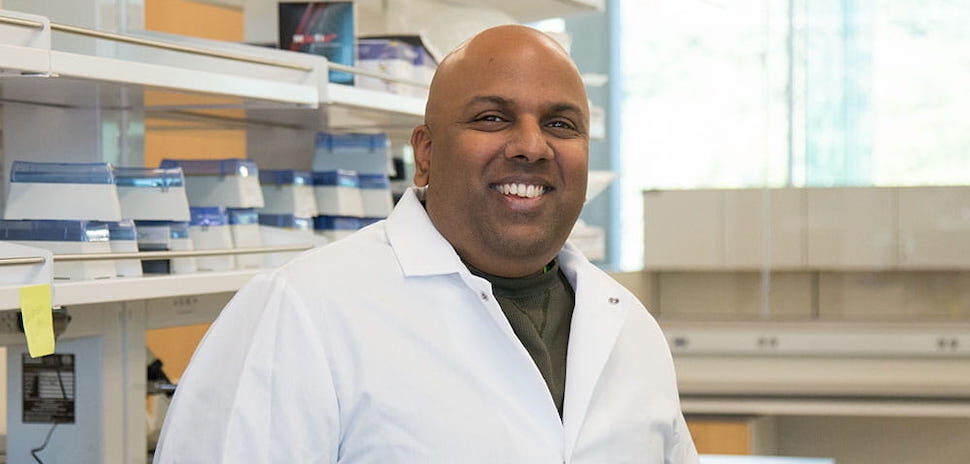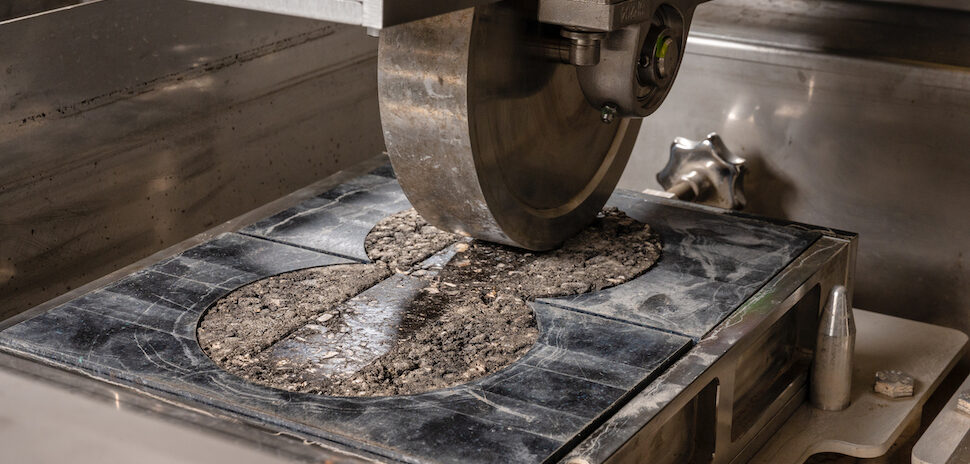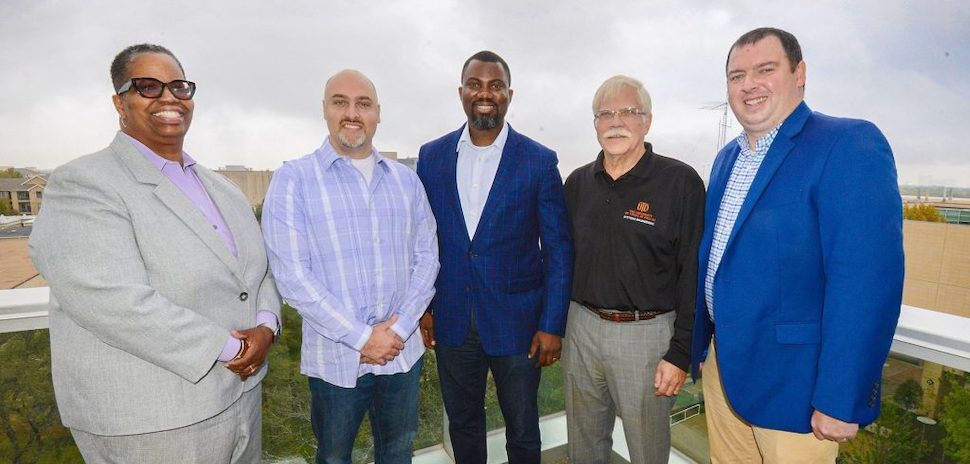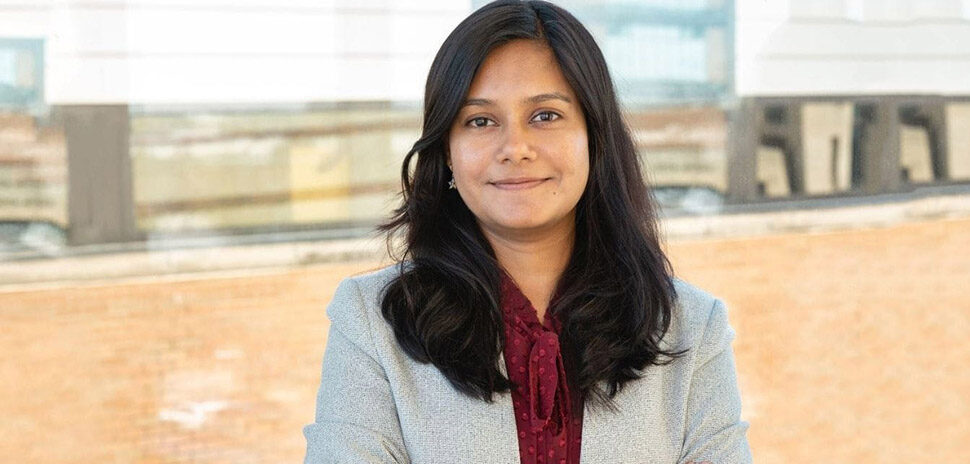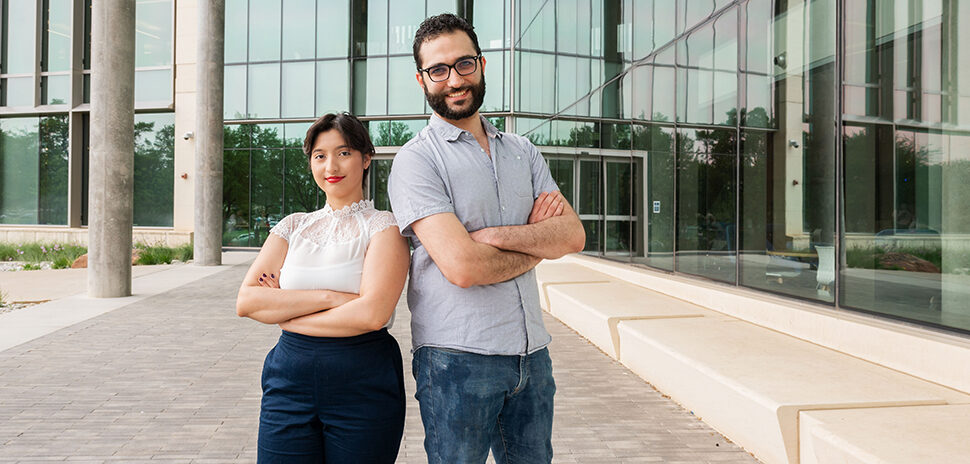Crossing the street shouldn’t be a life-or-death activity, but it often is. Drivers can get so focused on oncoming traffic that they’ll make a sudden turn—and not notice you in the crosswalk until it’s too late.
In 2021 alone, drivers struck and killed an estimated 7,485 people on foot—the most pedestrian deaths in a single year in four decades and an average of 20 deaths every day, according to the Governors Highway Safety Association.
Now researchers at UT Arlington are working on a study that aims to reverse those rising numbers and make it safer for pedestrians to get from A to B.
Research is led by Dr. Taylor Li, head of UTA’s ACTION Lab
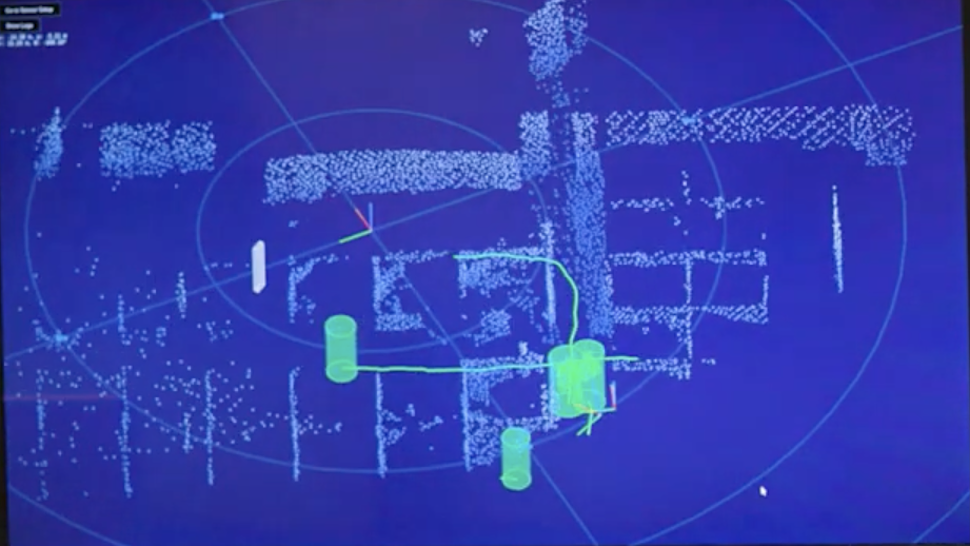
Video still of data captured by Helius Smart Lidar System from Cepton. [Image: Cepton]
UT Arlington’s Dr. Taylor Li is the lead researcher on the project. The assistant professor of civil and environmental engineering is the head of UTA’s ACTION Lab, short for Advance Computing in Transportation, Informatics, Operations, and Networks.
Li says one of the greatest dangers in crossing an intersection is when a driver is turning left at an unprotected green or flashing yellow light, and is overly focused on oncoming traffic.
“Previous research has shown that cars may not look for pedestrians sufficiently on a flashing yellow arrow (FYA), as they search for a gap in traffic to make a left turn, which can be dangerous,” Li said in a statement.
“To remove this risk, a traffic signal system can be programmed to turn off the FYA when a pedestrian walk button is pressed,” Li added. “It’s not always efficient, however, as pedestrians tend to press all walk buttons available when they want to cross on a diagonal or change their decisions, and cars still have to wait out the rest of the programmed red time, when a pedestrian isn’t really crossing or crosses very quickly.”
Deploying Cepton’s Helius Smart Lidar System
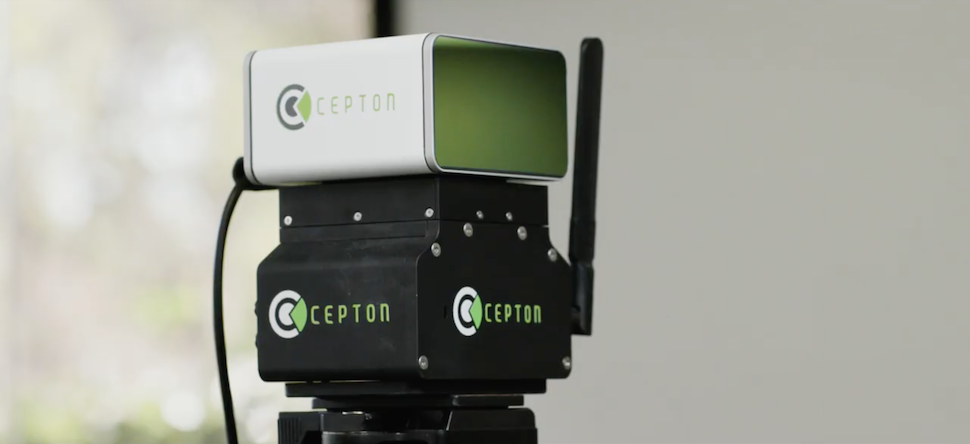
Helius Smart Lidar System from Cepton. [Video still: Cepton]
To test a solution that could help save lives, Li and his research team have used the Helius Smart Lidar System, developed by San Jose, California-based Cepton. The system features “high-accuracy, real-time 3D object detection, classification, and tracking and has been deployed worldwide in over 100 smart cities/spaces projects,” Cepton says.
Li’s team has deployed the system in two North Texas intersections—one in Arlington that connects two UTA campuses, and another near a high school in Irving.
Their work is being done through the U.S. Department of Transportation-funded National Institute for Transportation and Communities. The lidar deployments enabled two studies funded by the NITC, with additional support from the cities of Arlington and Irving, UT Arlington, the Oregon Department of Transportation, and the University of Utah.
Studying pedestrian behavior and a ‘dynamic flashing yellow arrow’ system
The first study uses Helius to analyze how pedestrians behave at intersections, and has “revealed that pedestrian behaviors often do not align with recommendations in pedestrian facility design guides, such as the AASHTO Green Book,” Cepton said in the statement.
The second study “focuses on the separation of left-turning vehicles from concurrent pedestrians crossings, utilizing an innovative dynamic flashing yellow arrow (D-FYA) system that generates signal operations based on real-time pedestrian analytics enabled by 3D lidar perception.”
“Using lidar, we’re able to implement a real-time, dynamic crossing signal solution,” UTA’s Li said. “Lidar does a great job in tracking pedestrian behaviors during yellow, all-red, and the first few seconds of green lights, helping us understand their true intents. Powered by Cepton’s lidar technology, our innovative D-FYA system will help significantly increase the efficiency and throughput of intersections while prioritizing safety.”
Next deployment slated for Salt Lake City
Cepton says that with proven effectiveness, the lidar-enabled D-FYA solution will next be deployed in Salt Lake City, Utah, in a project funded by the Utah Department of Transportation. UDOT is already working on the implementation of this solution to further evaluate lidar’s potential capabilities of increasing the safety and efficiency of traffic operations, Cepton added.
Dr. Li and his team got a $292,010 grant from the U.S. and Texas DOT
In December, UTA announced that Dr. Li was leading a study called “Improving traffic signal system planning, design and management with big-data-enhanced Automated Traffic Signal Performance Metrics (ATSPM) system.”
That study was supported by a $292,010 grant funded through the U.S. and Texas departments of transportation.
“We want to explore adopting the forward-looking ATSPM systems for better arterial traffic management,” Li said in a statement at the time. “We aim to bridge the gap between traffic signal planning and design and operations and evaluations by using the same criteria.
“Right now, the ATSPM can only be used to post-evaluate traffic signal systems after their deployment while most traffic signal systems are still being designed following a traditional framework adopted decades ago,” he added.
Li’s project “would develop software tools to link traffic simulation engines with forward-looking ATSPM systems, then comprehensively evaluate the performance of new traffic signal designs before they are deployed,” UTA said.
The researchers planned to conduct case studies at 10 to 15 intersections along Cooper Street in Arlington to demonstrate the proposed solutions’ performance for TxDOT.
![]()
Get on the list.
Dallas Innovates, every day.
Sign up to keep your eye on what’s new and next in Dallas-Fort Worth, every day.










